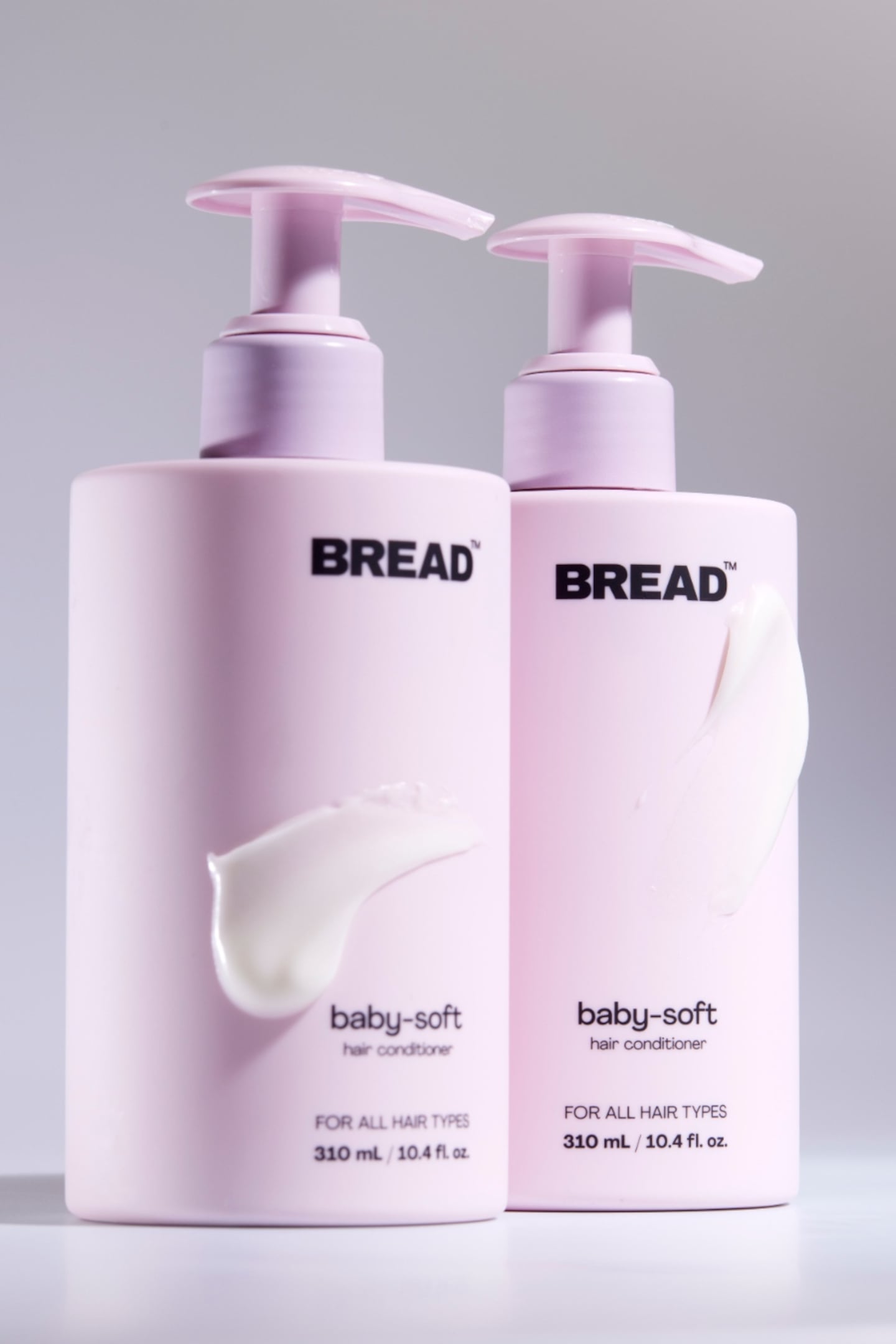Agenda-setting intelligence, analysis and advice for the global fashion community.
If there’s one word beauty shoppers hate to see more than “reformulation,” it’s likely “rebrand.” It’s been coming up a lot lately.
Executives look to rebranding as a way to reinvigorate slowing sales, reach a new customer base or generate some buzz. Sometimes, it’s needed: Trends change, new markets may require a different approach or a founder might have moved on.
Customers, for their part, rarely feel the same way.
In April, the 10-year-old perfume brand Boy Smells unveiled a revamped look, complete with new packaging and a new line-up of scents: It switched its stout, apothecary-style bottles and oversized black caps for more conventionally shaped duo-chrome bottles, and added more youth-focussed scents like Sugar Baby and Rosy Cheeks.
ADVERTISEMENT
The pushback was swift: Many customers slammed the rebrand as looking “cheap” (one commentator called it the “Temuification” of the brand, referring to the Chinese fast fashion giant). Some decried it as pandering to younger customers, while others felt the brand had shed its queer roots in a bid for mainstream appeal. (Boy Smells declined to comment, but said in a statement that the rebrand positively impacted sales, and that it was necessary after “four years of declining sales … [and being] on the verge of being left by its retailers.”)
“People get angry when brands change things without what they see as their permission,” said Jenna Isken, global group director at branding agency Siegel + Gale. This is especially true in beauty, she said, where products live in the most intimate areas of people’s lives and homes.
Companies usually see rebranding as a means to problem-solve: Prestige hair care line Olaplex switched its logo and colour palette to have accents of crimson as a nod to the red carpet, conveying its celebrity-endorsed heritage customers and professionals alike, while skincare maker Josie Maran pivoted to more photogenic refillable jars and pouch-style packaging in 2024 to help it stand out on shelf and distance itself from its QVC heritage. Fashion brands have attempted similar pivots: The massive clothing e-tailer Pretty Little Thing was known for nightclubbing outfits until it reappeared as PLT in March, with a focus on more subdued, office-appropriate garb, in an attempt to meet the “clean girl” or “quiet luxury” customer.
But customers can feel that brands are fixing what’s not broken. In an always-fractious social media climate, perceived missteps can overshadow the intended effects.
“Brand” is a promise delivered, said Isken.
Growth Through Evolution
When premium hair care maker Bread Beauty Supply planned their latest campaign, which announced a new direction for the brand, they needed to carefully calibrate their approach. Founded in 2020, it has used soft pink and taupe shades for its packaging and a whimsical touch for its copy and social media presence, stuffed with references to butter and baking.
Then in April, shortly after being acquired in part by the founder of cult skincare brand Topicals, it wiped its Instagram feed, and revealed a new campaign, starring the US rapper Foggieraw, alongside a cast of models shot in low light, with an after-hours feeling.
“There were concerns around the aesthetic and packaging, and those were warranted. … People were nervous about the new direction of the brand,” said Maeva Heim, the brand’s founder. But the brand needed to grow up, she explained. Heim described the new campaign as “gritty,” and said she hoped it would also appeal to men. Bread invited campaign feedback on Instagram, where comments were largely split between shoppers enjoying the novelty, and others hoping key elements like the signature pink would remain.
ADVERTISEMENT
“We had to dial up our credentials,” said Heim. “There is this element of playfulness in the things that we do, and sometimes … that can veer into childlike.”
0 of 4
The brand won’t change its core packaging, but hopes to broaden its colour palette and produce more campaigns that animate its key SKUs. As long as a rebrand doesn’t take away from the brand’s original purpose and promise, it’s more likely to be successful. In the age of the founder-led beauty brands, where many brands cater to a historically underserved niche or being “for” a specific people group, companies can ruffle feathers when customers feel that they’ve abandoned a key value proposition.
In Bread Beauty Supply’s case, its purpose was to offer effective, premium hair care products, and make the process of choosing and using them easy. “We just make really good hair products, and hair care doesn’t have to be that serious,” said Heim.
Sticking the Rebranding
Two key cornerstones of successful rebranding are timing and consistency. Scott Markman, founder and president at branding agency Monogram Group, said brands who are considering revamping their image need to be crystal clear on their objectives.
“The question is: Is this evolutionary and revolutionary?” said Markman. Businesses need to assess where they think the weakness is in their current brand, and pinpoint what it’s affecting, whether it’s margin erosion, channel disruption or simply a new competitor edging into their territory.
Total rehaul can work. The cosmetics line founded by the multi-hypenate singer Lady Gaga, Haus Labs, originally launched in 2019 as Haus Laboratories at Amazon. After muted success, Haus managed to relaunch as a more prestige player in 2022 by changing its distribution to Sephora, shortening its name and refining its product strategy to focus on cosmetics with “clean” claims. It paid off: The brand is a breakout hit, with viral products like its Triclone Concealer. The original concept of being available to all shoppers everywhere all at once didn’t work for the prestige beauty customer, and revisiting its core product and claims were needed to help give the brand a new lease of life in Sephora.
“When you can identify what’s broken, then you know what to fix,” said Markman. However, rebranding is not a panacea for executive dysfunction, or a lack of market fit for products; Isken called these “Band-Aid rebrands,” when brands think that changing logos and packaging can fix an otherwise broken business model. Brands also must weigh up how much of their original source material to keep. A rebrand might feel like a tantalising opportunity for a second chance, but it risks effectively taking its brand equity back to zero again.
Isken said rebrands consult original customers, so companies can understand the fandom that brought them their original raft of success. Communicating a rebrand in an advance, asking for suggestions on social media, and going for a more gradual approach could be advisable for brands with small but vocal fans.
ADVERTISEMENT
Ultimately, most rebrands are designed to reengage shoppers, and that often means broadening the net to more of them. For brands which started in a niche, they may have an ardent group of fans but struggle to hit the mainstream. Knowing how much to open that aperture is difficult.
For Heim, she came to the realisation that the original brand universe for Bread Beauty Supply had been too closely linked to her own personal taste.
“It works for a time and it’s still in our DNA … but it can’t all just be beautiful brand imagery,” she said. “The commercial backbone of the company needs to be there.”
Sign up to The Business of Beauty newsletter, your complimentary, must-read source for the day’s most important beauty and wellness news and analysis.









